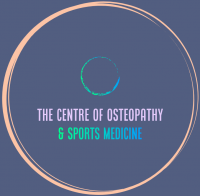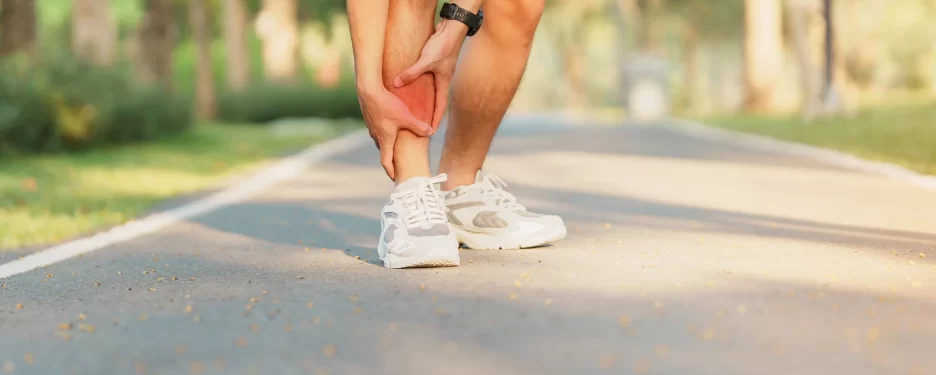Shin splints are a common injury that affect runners and athletes, causing pain and discomfort in the lower leg. The term "shin splints" is used to describe pain along the shinbone (tibia) that is caused by inflammation of the muscles, tendons and bone tissue in the lower leg. This condition is also known as medial tibial stress syndrome (MTSS).
Shin splints typically occur when the muscles and tendons in the lower leg become overworked, leading to small tears in the tissue. This can be caused by a variety of factors, including overuse, running on hard surfaces, wearing improper footwear and having flat feet or high arches.
The most common symptom of shin splints is pain along the inner edge of the shinbone, which may be accompanied by swelling, tenderness and redness. This pain is usually felt during and after exercise, and can be aggravated by activities that involve running, jumping or other high-impact movements.
Conservative Treatment Options for Shin Splints
If you're suffering from shin splints, there are a variety of conservative treatment options that can help you manage your symptoms and speed up your recovery. Here are five options that you should consider:
Osteopathy
Osteopathy is a type of manual therapy that involves gentle manipulation of the joints, muscles and tissues to promote healing and reduce pain. An osteopath can use a variety of techniques to help alleviate the symptoms of shin splints, including soft tissue massage and joint mobilization.
Sports Massage
Sports massage is a type of massage that is specifically designed for athletes and active individuals. It can help to relieve muscle tension and reduce inflammation, which can help to alleviate the symptoms of shin splints. A sports massage therapist can also provide advice on stretching and other exercises that can help to prevent shin splints from recurring.
Dry Needling
Dry needling is a technique that involves inserting thin needles into the muscles to help release tension and promote healing. This can be an effective treatment option for shin splints, as it can help to reduce pain and inflammation in the affected area.
Shockwave Therapy
Shockwave therapy is a non-invasive treatment option that uses high-energy sound waves to promote healing and reduce pain. This treatment can be used to target the affected area of the lower leg, helping to alleviate the symptoms of shin splints.
Rehab Exercises
Rehab exercises are an essential part of the recovery process for shin splints. These exercises can help to strengthen the muscles in the lower leg, improve flexibility and prevent future injuries. Some common rehab exercises for shin splints include calf raises, toe curls, stretching exercises for calf muscles and ankle rotations.
Conclusion
Shin splints can be a painful and frustrating injury for athletes and active individuals. However, with the right conservative treatment options, you can manage your symptoms and speed up your recovery. Osteopathy, sports massage, dry needling, shockwave therapy and rehab exercises, when working alongside each other, are the most effective treatment methods to recover from shin splints. The Centre of Osteopathy & Sports Medicine recommend you to always work with a qualified osteopath who can help you develop a personalized treatment plan that meets your individual needs.

